PAPHOS
CYPRUS
an island in the Mediterranean sea, Cyprus is the third largest island in the region. people from Cyprus are called Cypriots/ It is east of Greece, north of Egypt, south of Turkey, and west of Lebanon and Syria. the north is governed by Turkey and the rest by Greece.Thus, depending on where you go, the native language will be Turkish or greek. Though the majority can also speak English. The majority of Greek Cypriots identify as Christians, specifically Greek Orthodox, whereas most Turkish Cypriots are adherents of Sunni Islam.
it has had many settlers and occupiers over the centuries, the greeks, Assyrians, Egyptians, Persians,romans, the French, Venetians, ottomans, British, and Turkish. Cyprus was placed under the United Kingdom's administration based on the Cyprus Convention in 1878 and was formally annexed by the UK in 1914. unfortunately there was disagreement between the two prominent ethnic communities, Greek Cypriots (77% of the population in 1960, and Turkish Cypriots, 18%) eventually diving the island in 2 in 1983 after a Turkish invasion recognised by turkey. This is a continuing issue, widely condemned by the international community.
The island is dominated by two mountain ranges, the Troodos Mountains and the smaller Kyrenia Range, The highest point on Cyprus is Mount Olympus at 1,952 m (6,404 ft), in the centre of the Troodos range.
WE got a bus to Dublin from Belfast. The air coach was all booked up and the other bus gave us a brief 1h45 until the flight. We were very rushed. the quickly did bag drop (we flew with Ryanair so one checked in bag was more than all 3 tickets!) we quickly went through security and basically had to sprint to the departure gate...which of course was the furthest away! I rushed ahead and got them to keep the gate open as they were about to close, no idea why. we still sat on the airplane for 30minutes before take off. As it was January there were not that many traveling. We were exhausted. we had left at 3am to get the early flight in Dublin so we napped a little. The flight was 5 hours.
we arrived in Cyprus in the afternoon getting the local airport bus towards the centre (Cyprus is 2 hours ahead of the UK). We had to wait awhile but it was pleasant sitting in the warm sunshine. A small airport, we got some snacks from the store. The journey into the centre of Paphos where we were staying in an air BnB was short. We got off at the advised stop and eventually found the small apartment not far from the pier and one of the main bus stations. We changed and unpacked then went out to explore the nearby area. It was January so it was very off season and quiet. Not all the shops, bars or restaurants were open. We walked along the pier and browsed the stores in the centre before finding a pleasant Georgian restaurant. There were not too many other tourists, a few British and some Russians mainly. The locals all speak English though. We found a big supermarket and got some basic food and drinks to have back in the apartment. we didn't stay out too late (it's a bit cool once the sun goes down) and went home before 10, we had an early night and got up early the next morning (Saturday) to start site seeing


Paphos Archaeological Park (Kato Pafos or Nea Pafos )
close to the central harbour, open daily
Winter (16 September – 15 April): 8:30 – 17:00 / Summer (16 April – 15 September): 8:30 – 19:30 price: €4.50
highlights: the House of Aion, the House of Theseus and the House of Orpheus
DYK: Cyprus is home to some of the oldest water wells in the world!
KATO PAFOS
a UNESCO heritage site, it is a archaeological excavation site with many well preserved ancient Roman and greek ruins. There are many mosaics in excellent condition along with buildings (several Roman villas) and amphitheatre. There are even traces and artefacts found from the prehistoric to middle ages. It is full of historic and religious significance. Excavations first started in the 1960s. It is believed to have been first built by Nicocles, the last king of Paphos, at the end of the 4th c. BC
https://www.atlasobscura.com/places/the-mosaics-of-paphos-paphos-cyprus
House of Dionysos
(named after the god Dionysos who features on several of the mosaics.)
House of Aion
(named after the god shown in the middle of the mosaic.)
House of Theseus
(residence of the Roman proconsul or governor, the name derives from the beautiful mosaic of Theseus and the Minotaur found within)
House of Orpheus
(
currently not on view to the public. named after the mosaic of the mythological representation of “Orpheus and his Lyre")It is quite a huge site and you need a couple hours at least to walk around. The weather was great and by midday we were sweating in the sun, a nice 20 +
https://www.getty.edu/news/a-brief-introduction-to-roman-mosaics/
Why mosaics?
They have great value as works of art and as social and economical "documents" In the Roman world the full expression of the wealth of a Roman citizen lay in the quality and number of mosaic floors in his house, and the style of a pavement tells us something of popular taste.
the park boasts beautiful see views, ruins and a lighthouse . if you continue onwards along the coast you can see the Erdo III shipwreck and Aphrodite's rock and the Kafos castle / fort.
Old Paphos, was originally settled by Greek colonists in the Mycenaean period. It contained a famous temple of Aphrodite and was the legendary site where Aphrodite was born from the sea foam, this is known as "Aphrodite's rock"
There are several bus routes in Paphos and some long distance ones that go to the other cities. To visit these you need to go to the main station in the old town up on the hill.
https://www.paphosbus.com/paphos-bus
after we finished our visit of the ruins we continued walking and exploring, finding catacombs, small shops and a huge mall. We went into the small catacombs. There was a warning sign saying not to enter parts which I stupidly ignored. My foot got submerged in a big deep puddle (there are reasons for keep out signs!) the small tombs were filled with religious artworks and candles.
Agia Solomoni Catacombs
we also went into some of the churches, in this part of Cyprus it is mainly Orthodox christian churches. Some were quite modern and big, with beautiful artwork inside
the way up to the main area of town is quite steep. on the way we came across a cemetery and explored it. seeing many contrasts to our cemeteries back home, such as the use of white marble for headstones whereas in Northern Ireland / UK we often favour black.

OLD TOWN
we found a little bar in the old town centre and had a glass of a local wine. it was a nice bar, not too expensive with cool barstools that looks like bottle corks
Cyprus is a religious country so not many places are open and if they are they close early. We should have got off in near the city centre as the last stop on the bus is near the main port thats a little far out. thankfully we weren't the only ones and a bus back into the town centre came along soon. I had made note on omy phone app of the stops so we would know where to board later.
We took the bus for a couple of stops and got off along the harbour sea promenade area. There was a local flea market on so we went for a browse with second hand clothes and lots of colourful fruit and veg. We went for a stroll along the sea promenade and the harbour before going into the old market area which had a lot of old buildings and small restaurants and cafes the only things open o a Sunday along with churches. we got a late lunch and then went exploring. Checking out the different churhces and mix mash of older architecture amidst the new .
On the seafront is the Prokymea (Molos) Sculpture Park, with sculptures by Cypriot, Greek and international artists.
There are many churches darted around the town and we explored several. There is also a zoo but it was closing as we got there. A peacock had sort of escaped and was sitting proudly on top of the entrance building.
its not the cleanest town/city and was a little run down. Paphos is more of a tourist destination and was a bit cleaner with less graffiti and flatter roads. There are plenty of places to visit, forts, museums and ruins but as it was Sunday most were closed or shut early.

We walked a lot and eventually got a bus back around 7. it took nearly 2 hours to get back (we got off before the bus station at a stop nearer to our apartment)
Holy Monastery of Saint Neophytos the Recluse
a monastery carved originally into the rock by the Monk Neophytos not far from the town of TALLA.
It was founded in the 12th century. He slowly excavated a small cave to encompass his hermitage cell, a small chapel, and his eventual tomb. While it began as a hermitage for Neophytos alone, he eventually gained a small following and it became a quiet monastic community by 1170
the hermitage cell and chapel with religious frescoes
There are not many buses that take you to the monastery or back. It up in the hills past a cat sanctuary and many small village areas. We explored the monastery and church before going to the hermitage cell with all of its murals. They had a small shop with souvenirs to buy, you could also try some dried fruit. We decided to try a wine and sip it while we walked down into the towns to kill time and explore/
we hadn't walked far when we heard a cat crying. we had stumbled upon an injured cat. its cuts were deep but it was still friendly and let my sister carry it to the nearby cat sanctuary. they had hundreds of cats all of which they neuter (and clip their ear) so they quickly recognised him as not one of theirs. they cleaned him and told us they would take him to the local vet after 4 when it opened. We gave some money to help. they told us it wasn't uncommon for people to throw out unwanted cats near here knowing there was a sanctuary nearby and he would probably get help....sad. They posted a pic of him on their facebook asking if anyone had lost him or knew what happened.
We left and continued walking down the hills into the nearby "white villages" and stopped for a bit of food. it was very quiet and charming. we found a big grocery store and got some more snacks and some souvenirs too. We found a bus stop and waited for the bus and headed back down to the centre of Paphos to explore the "Tombs of the Kings" another ancient archaeological site. Many of the tombs day back to the 4th century BC are of high ranking officials and aristocrats, so magnificent in design they were wrongly believed to be that of Kings (hence the name) The tombs are cut into the rock with some imitating that of houses of that time.
TOMBS OF THE KINGS
a cheap €2.50 there is plenty to explore in the area, we easily spent 2-3 hours wondering around. There wasn't many there so it was a very peaceful visit. A cat followed us around our "guide"
it was interesting to wander around the different catacombs and crypts though there wasn't much information given about them
our cat guide
For are last day we considered going to Nicosia, but we missed the bus, so instead we explored other parts of the city and visited the museum.
cats cats everywhere!
ARCHAEOLOGY MUSEUM OF PAPHOS
open 10am-5:30pm Tuesday to Sunday
its a small museum full of ancient artefacts such as statues and mosaics taken from the different excavation sites of the area
afterwards we explored some small churches such as the one below dedicated to St George.
sunset on the bay
so many friendly cats everywhere. locals and tourists feed them, including my mum and sister. the cats are far from thin haha. one even came into our apartment and started demanding attention


















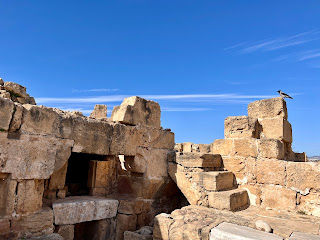




















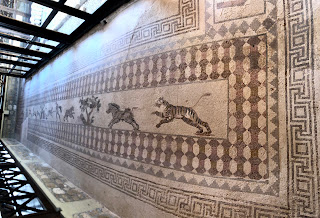















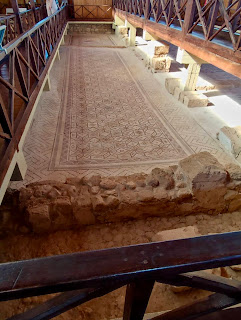
































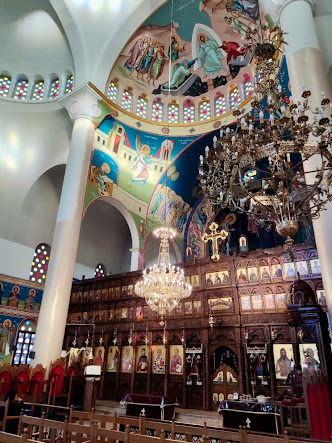





























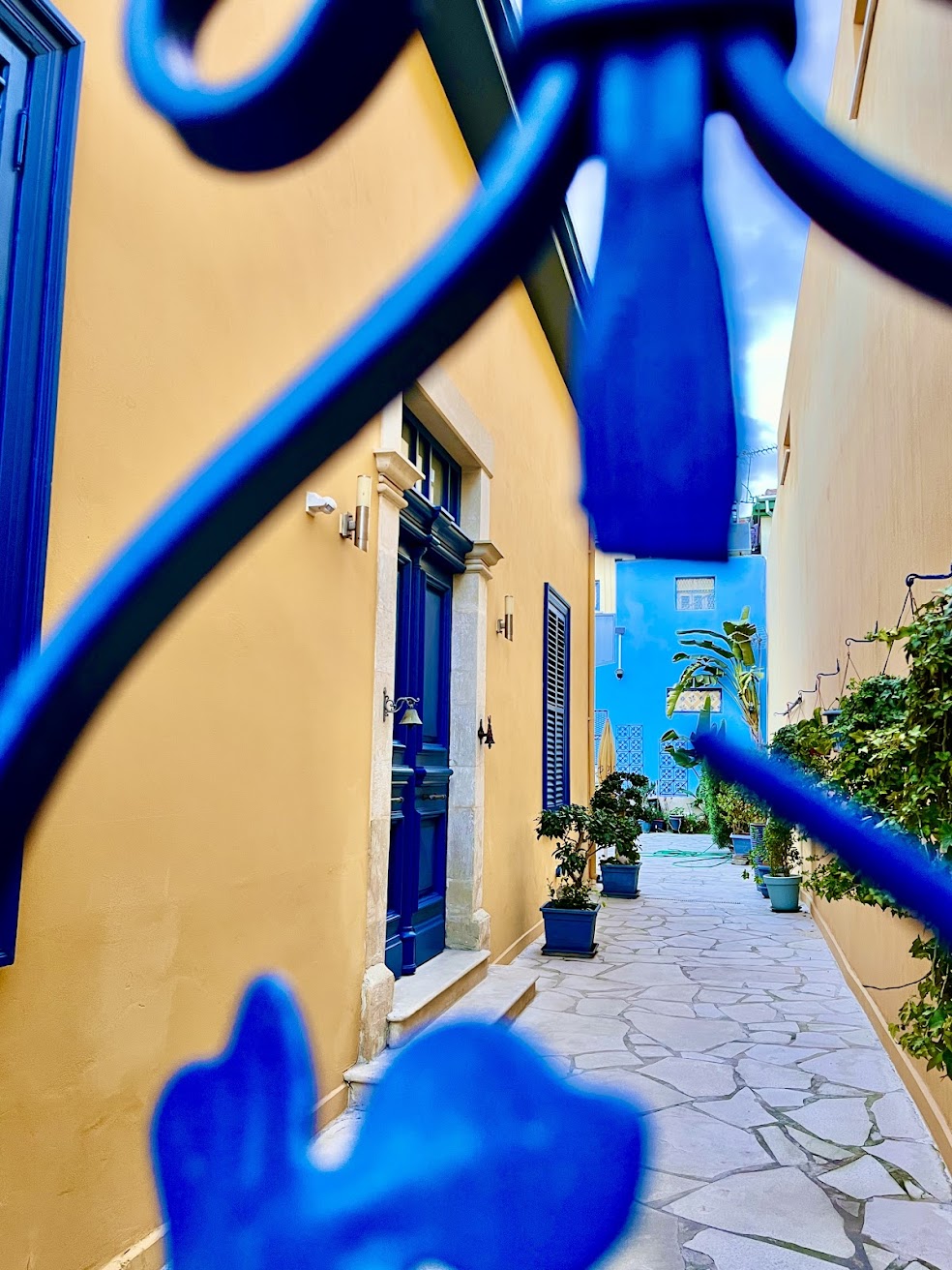

















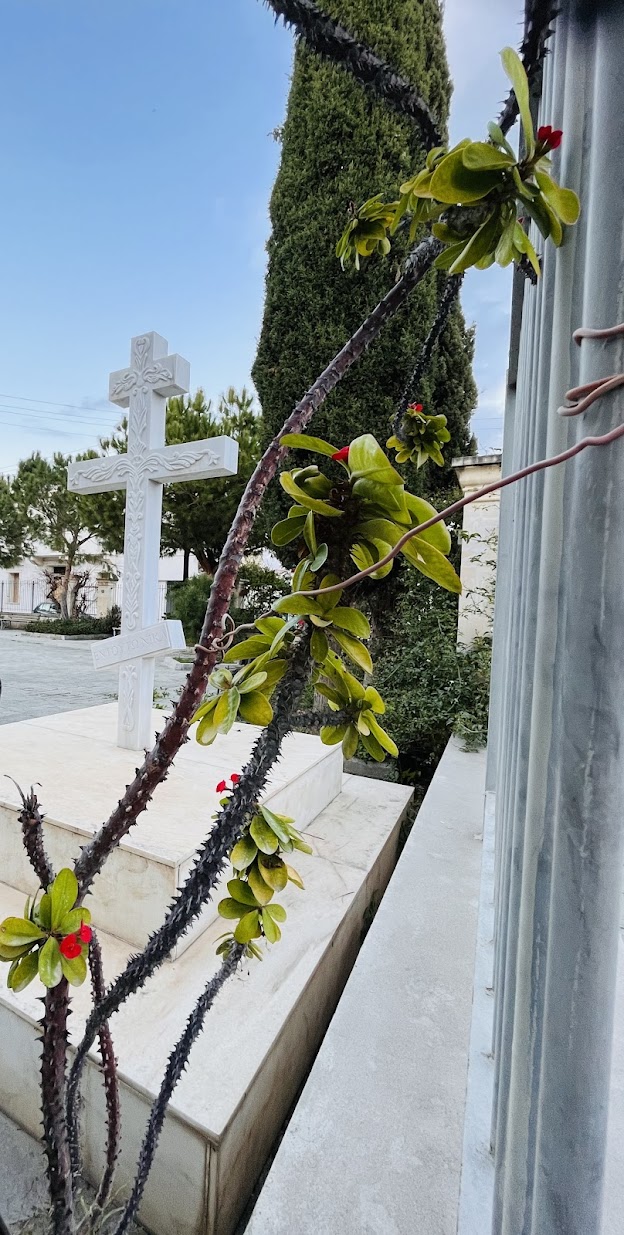



















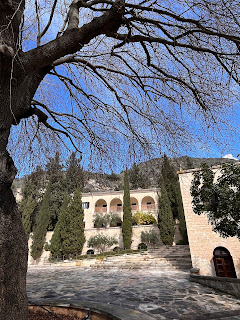



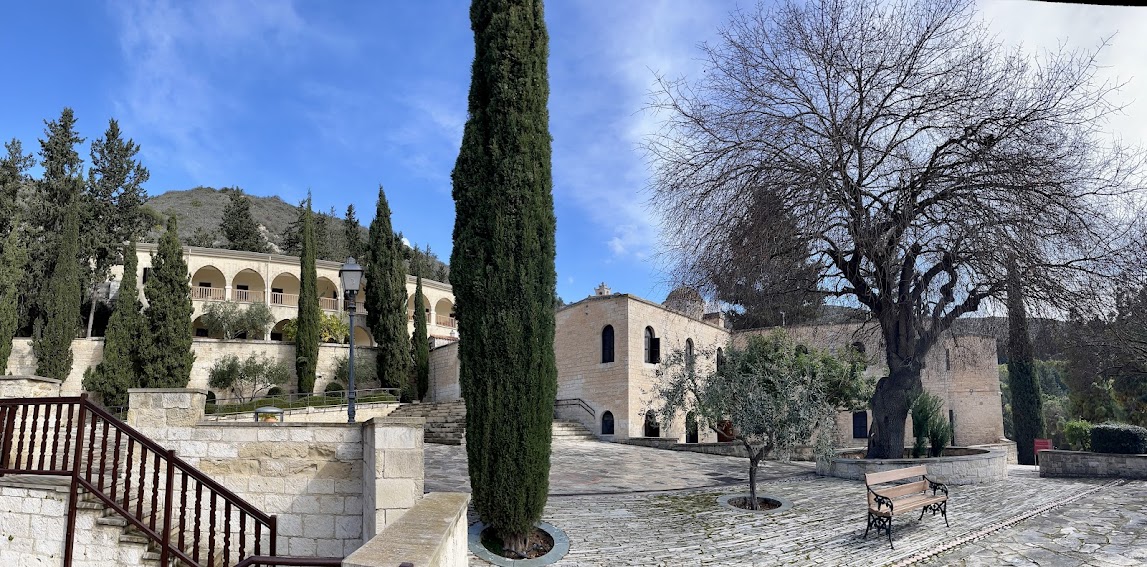























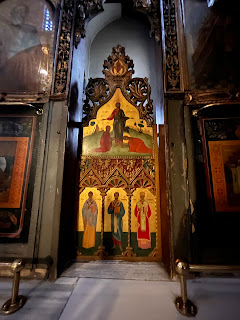






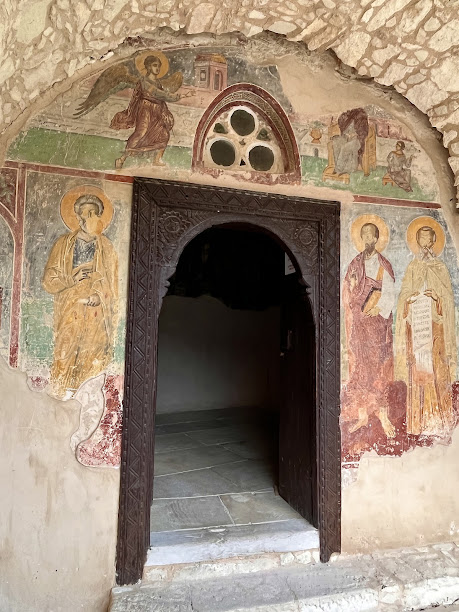















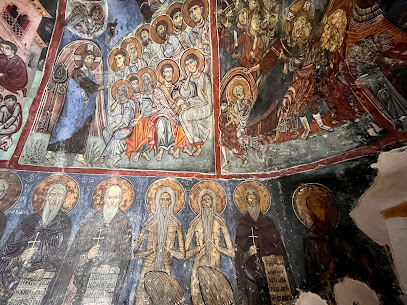

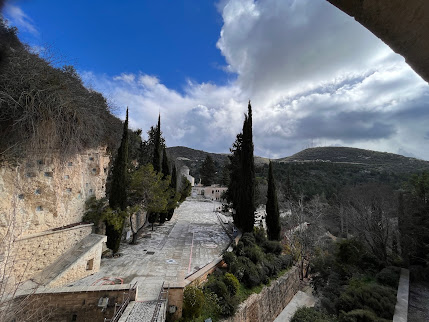









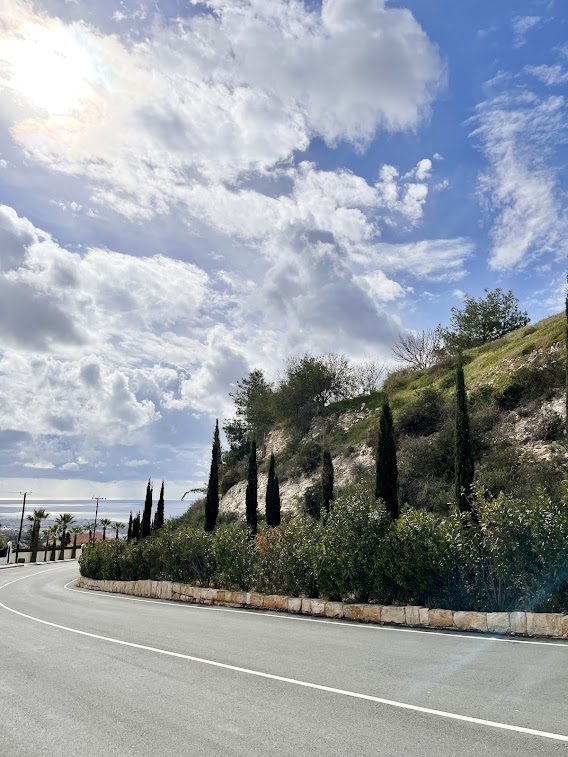
















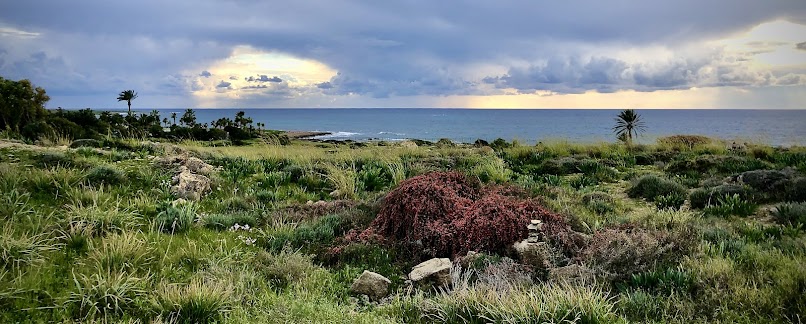































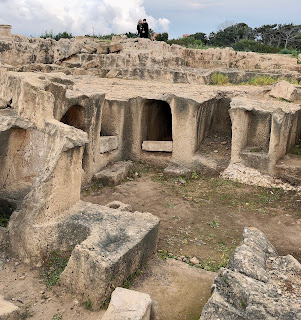












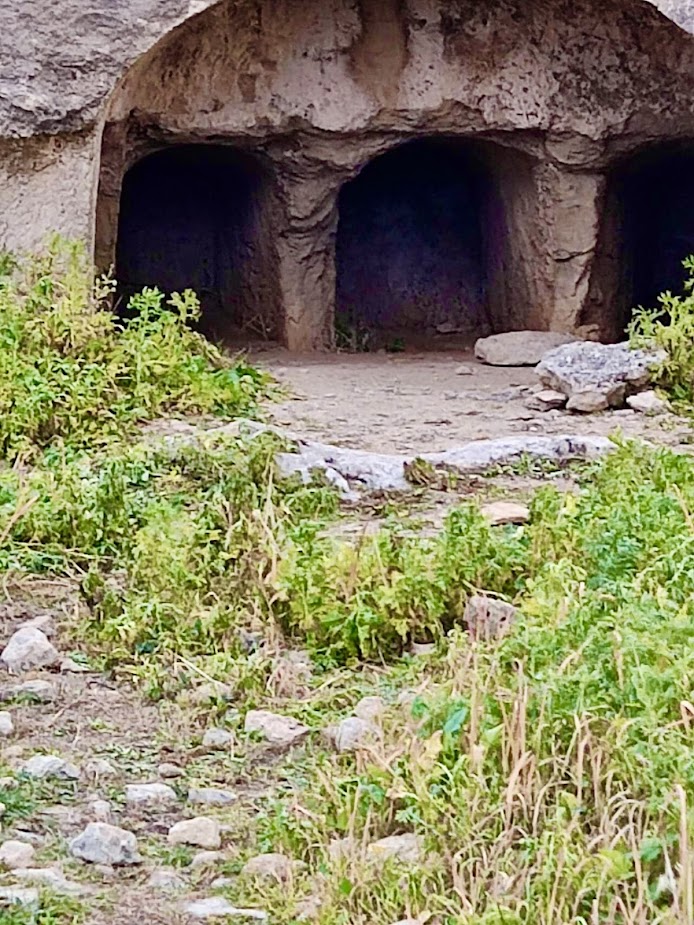







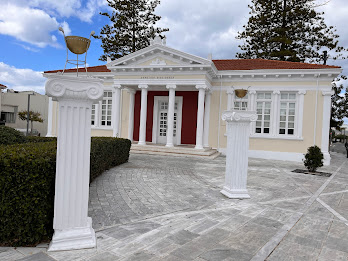











No comments:
Post a Comment